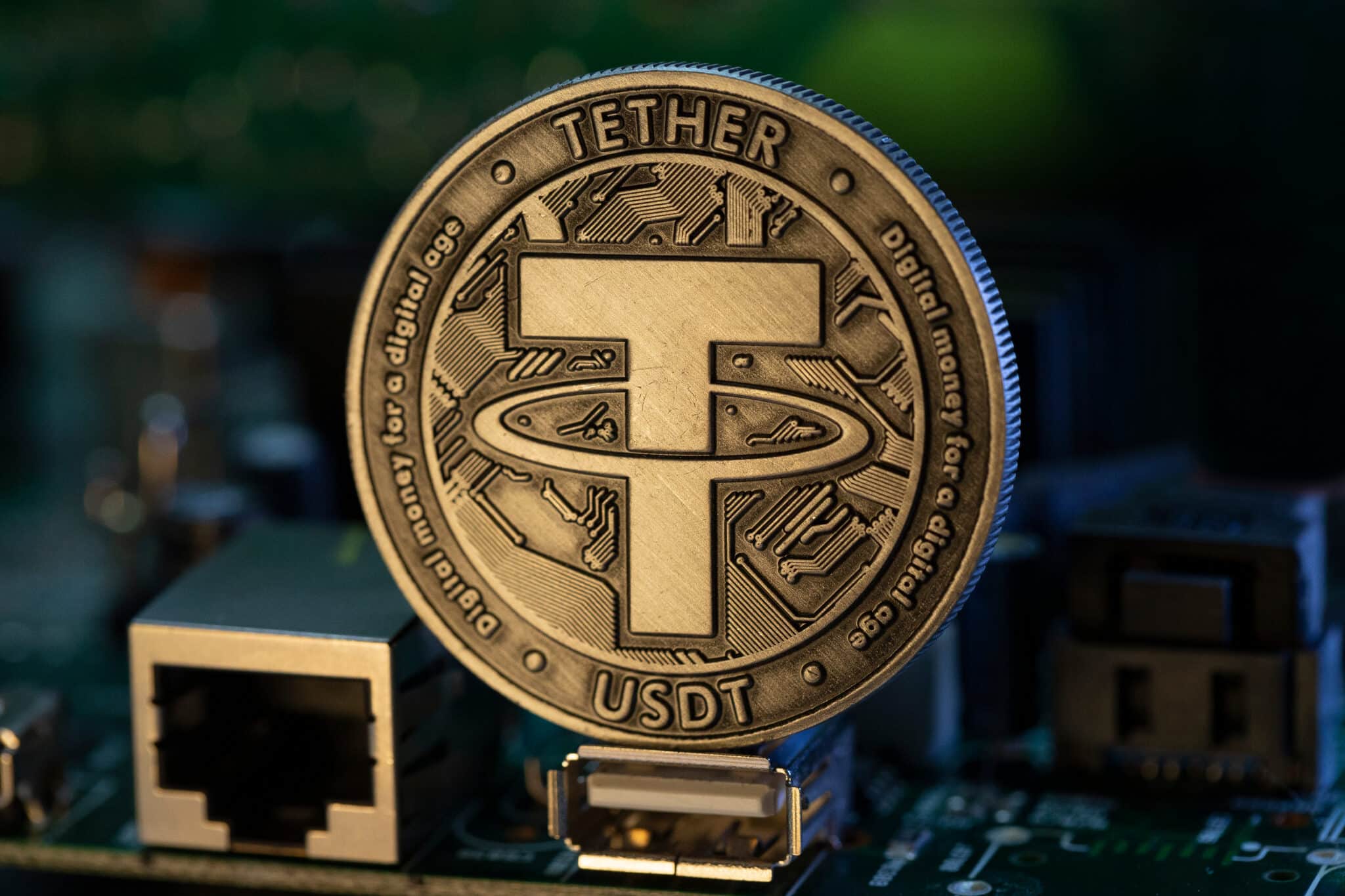Tether (USDT), the world’s largest and most widely used stablecoin, continues to play a pivotal role in the global cryptocurrency ecosystem. Its unique value proposition—a token pegged 1:1 to the US dollar—makes it a preferred choice for traders seeking stability amid the volatility of digital assets. The week spanning 23 June 2025 to 29 June 2025 was no exception, reflecting both the reliability of USDT’s peg and the subtle market forces that shape its micro-movements.
Market Performance: 23 June 2025 – 29 June 2025
During this week, Tether’s price remained remarkably stable, as expected for a stablecoin. On major exchanges, the closing prices in USD hovered tightly around the $1.00 mark, with only minor fluctuations. The daily closing prices were approximately as follows: $1.0016 on 23 June, $1.0003 on 24 June, $1.0004 on 25 and 26 June, $1.0003 on 27 June, $1.0001 on 28 June, and $1.0016 on 29 June. These numbers highlight Tether’s core function: providing a digital asset that mirrors the value of the US dollar with minimal deviation.
The intra-day highs and lows showed similarly narrow ranges. For example, on 23 June, Tether’s price ranged from $0.9998 to $1.0019, and on 29 June, it closed at $1.0016. Trading volumes remained robust, with billions of dollars in USDT changing hands daily, underscoring its utility for liquidity and as a trading pair across the crypto landscape.
In the Indian market, Tether’s value against the rupee reflected both the stability of USDT and the slight movements in the INR/USD exchange rate. Prices ranged from ₹85.46 to ₹86.67 during the week, with closing prices such as ₹86.67 on 23 June and ₹85.52 on 29 June. The minor decline in rupee terms was more a reflection of forex fluctuations than any instability in Tether itself.
Market Sentiment and Technical Overview
The overall sentiment around Tether during this period was one of confidence and predictability. As a stablecoin, Tether’s value is not driven by speculative trading or market hype but by its underlying reserves and the mechanisms that maintain its peg. The week’s trading data showed an average daily return close to zero, with negligible volatility. The largest daily change was a mere -0.03%, and most days saw changes of 0.00% or +0.01%.
Technical analysis reinforces this narrative. The average daily return for the week was approximately 0.000033%, an almost imperceptible drift that is well within the expected range for a stablecoin. This level of stability is crucial for traders who use Tether as a safe haven during periods of heightened volatility in other cryptocurrencies.
Market capitalization remained strong, with USDT’s market cap hovering around $157 billion and a 24-hour trading volume consistently exceeding $60 billion. The circulating supply was approximately 157.7 billion USDT, reflecting both the scale of adoption and the trust placed in Tether as a reliable digital dollar.
Macro Factors and Ecosystem Developments
No significant macroeconomic or regulatory events impacted Tether’s peg during this week. The broader crypto market experienced routine fluctuations, but these had little effect on USDT’s value. Tether’s credibility as a stablecoin is maintained by regular attestations of its reserves and its widespread integration across exchanges, DeFi protocols, and payment platforms.
The continued expansion of Tether’s supply on multiple blockchains—including Ethereum, Tron, and others—ensures its liquidity and accessibility. This multi-chain presence has been a key factor in Tether’s dominance among stablecoins, allowing users to move value quickly and cheaply across networks.
Predicted Trend for 30 June 2025 – 6 July 2025
Looking ahead to the first week of July 2025, all indicators point to a continuation of Tether’s stability. Using the average daily return calculated from the previous week, projected closing prices for the next seven days remain virtually unchanged, starting at $1.0016 and incrementally increasing by fractions of a cent each day. This projection is consistent with Tether’s historical performance and its design as a stablecoin.
In rupee terms, Tether’s value is likely to fluctuate slightly in response to changes in the INR/USD exchange rate rather than any intrinsic movement in USDT itself. Unless there are unexpected shifts in the forex market or major policy announcements from Indian regulators, the price is expected to remain in the ₹85.50 to ₹85.80 range.
Technical forecasts and expert analyses for July 2025 also reinforce this outlook. Most models predict that Tether will continue to trade at or very near $1.00 throughout the month, with minimal variance. This is supported by Tether’s robust reserve management, high liquidity, and the absence of significant market or regulatory threats on the horizon.
Risks and Considerations
While Tether has demonstrated remarkable resilience and reliability, it is important to acknowledge the ongoing scrutiny it faces regarding reserve transparency and regulatory compliance. Periodic audits and attestations have helped bolster confidence, but any negative developments in these areas could introduce volatility or risk to the peg. However, as of the end of June 2025, there were no indications of such issues affecting market performance.
Another factor to watch is the broader evolution of the stablecoin market. While Tether remains the dominant player, competition from other stablecoins—such as USD Coin (USDC) and decentralized alternatives—continues to grow. Innovations in regulation or technology could influence Tether’s market share over time, but these are longer-term trends rather than immediate concerns.
Conclusion
The week of 23 June to 29 June 2025 reaffirmed Tether’s status as the anchor of the crypto economy. Its price remained steadfastly pegged to the US dollar, with only microscopic fluctuations. Trading volumes and market capitalization reflected strong demand and widespread usage. Looking ahead, Tether is expected to maintain this stability through the first week of July and beyond, barring unforeseen macroeconomic or regulatory shocks.
For traders, investors, and institutions, Tether continues to offer a reliable digital proxy for the US dollar, facilitating trading, hedging, and payments across the global crypto ecosystem. Its performance during this period underscores the vital role that stablecoins play in bridging traditional finance and the digital asset world.


